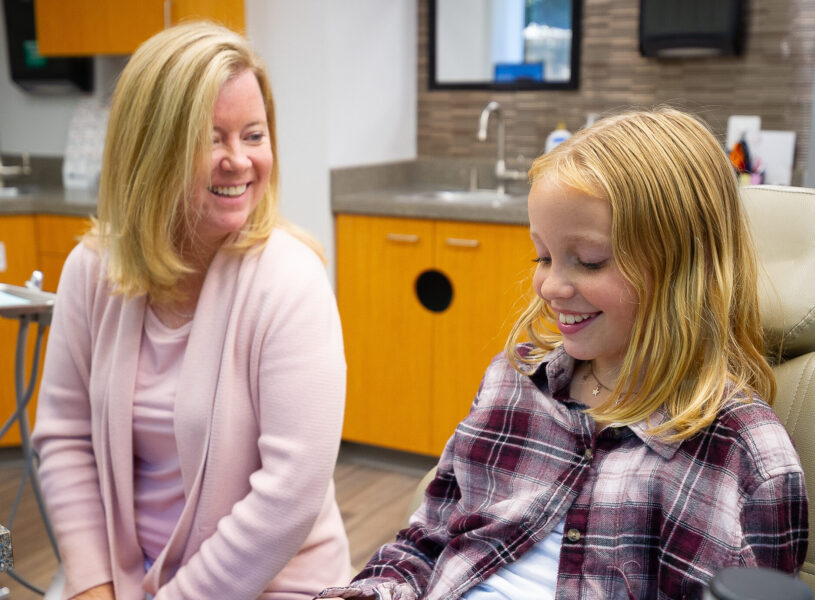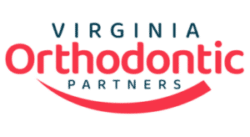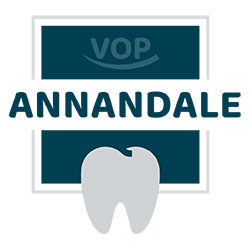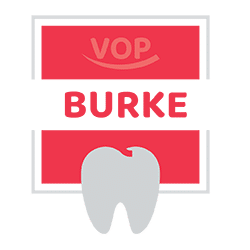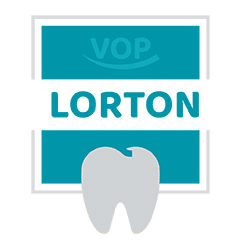SLEEP MEDICINE SPECIALISTS IN NORTHERN VIRGINIA
Screening, Testing and Treating for Obstructive Sleep Apnea
Both the American Association of Orthodontists (AAO) and the American Dental Association (ADA) encourage orthodontists and dentists to take a more active role in screening for obstructive sleep apnea among their patients. As experts in the science of facial growth and development, orthodontists have the unique training and expertise to identify physical traits associated with sleep disorders. Orthodontists also have specialized knowledge of oral devices and how they work to manipulate the structures of the mouth.
It is estimated that 26 percent of Americans suffer from sleep apnea, with 80 percent of the cases undiagnosed. Sleep Apnea has been linked to many disorders such as Stroke, Alzheimer’s, Dementia, Memory Loss, Mood Disorders, Diabetes, and Heart Attacks. And poor sleep contributes to a very high percentage of car-related accidents and fatalities.
If you wake up tired regularly, you may suffer from a sleep-related breathing disorder. Virginia Orthodontic Partners is a DreamSleep Certified Provider, meaning our staff has undergone extensive, hands-on training to screen for and treat sleep-related breathing disorders. Many dentists and orthodontists offer oral appliances to treat sleep apnea, but not all of them are as skilled and experienced as the orthodontists at Virginia Orthodontic Partners.
Dental Sleep Medicine
Dental sleep medicine is a specialized area of dental practice that focuses on using dental sleep appliances and functional orthodontics to treat sleep-disordered breathing, including snoring and obstructive sleep apnea (OSA).
Orthodontists and other dental health professionals play a key role in diagnosing sleep disorders since they tend to be in contact with their patients more frequently than other health professionals. They can ensure that every patient is screened for OSA and other breathing disorders, no matter their age. Snoring and OSA are common sleep disorders treated by dental sleep medicine.
The most common signs that you may have OSA:
How An Orthodontist Can Help
Orthodontics allows our team to change lives, and sleep apnea treatment allows us to actually save lives. By asking critical questions while examining patients, orthodontists and other dental health experts can help diagnose developmental problems that may lead to sleep apnea. An orthodontist can screen every patient for sleep-related breathing problems, no matter how young they may be.
DreamSleep providers like Virginia Orthodontic Partners receive the most extensive academic and clinical training in the industry. All DreamSleep providers must take a rigorous certification exam before treating actual patients. Once this certification is completed, the clinician has the knowledge and skills needed to screen, test, and treat patients with all levels of obstructive sleep apnea with custom-made dental appliances.
Dr. Ellis and Dr. Lindgren have both completed this process and work very tightly with Board Certified Sleep Physicians to:
Orthodontics allows us to change lives. Dental Sleep Medicine helps us to SAVE lives. Simply put – we offer sleep medicine because we care and because it matters. That’s why Dr. Ellis and Dr. Lindgren have gone the extra mile to become DreamSleeep Certified Providers to help fight this horrible disease.
Dental Sleep Appliances
An orthodontist may effectively treat mild and Moderate Obstructive Sleep Apnea using Oral Appliance Therapy (OAT). A dental sleep appliance is a mouth guard or retainer-like device that patients wear when they sleep. The device is designed to push the jaw slightly forward to help keep the airway open and is custom-fit for each patient. The device prevents the tongue from collapsing during sleep, thus allowing patients to achieve proper airflow to the lungs. In general, an oral appliance should open the airway, relax the jaw muscles, and allow you to breathe comfortably throughout the night. There are many devices available, but we only choose to use the most effective for your needs.
Do not mistake OAT with a drugstore snore guard, which is not FDA approved for treating OSA and could worsen your condition. A properly fit device that is custom designed for the patient, delivered by a professional, and adjusted for your specific needs is the safe and effective way to treat and manage OSA successfully.
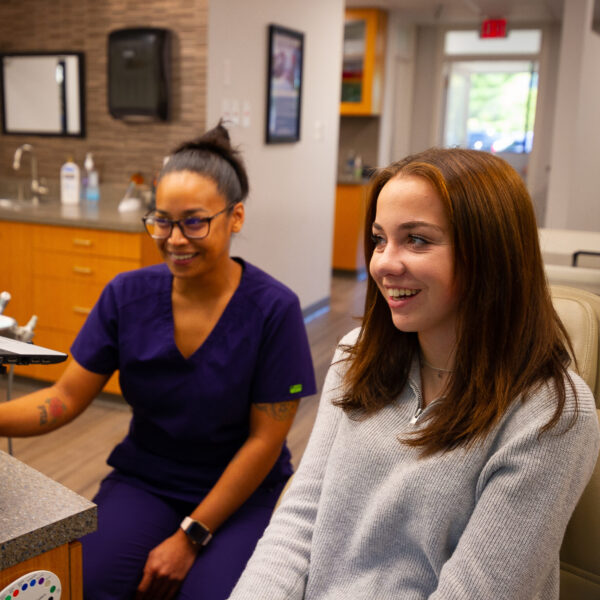
Benefits Of Dental Appliances For Sleep Disorders
Oral appliance therapy (OAT) has evolved as an alternative to the Continuous Positive Airway Pressure (CPAP) machine. They have been shown to be as effective as CPAP for mild to moderate cases of obstructive sleep apnea (OSA). Consistency is key to treating sleep apnea symptoms, and patients are more likely to consistently use OAT nightly than using a CPAP machine.
Children And Sleep Disorders
Children can also suffer from obstructive sleep apnea (OSA). For children, orthodontics is more than just straightening teeth, we have the ability to influence many factors that affect breathing for a patient, and that work can start as early as seven years old.
Common Warning Signs Of Childhood OSA
Effective Orthodontic Treatment Strategies for Childhood OSA
Sleep apnea requires proper diagnosis by an ENT or sleep specialist; however, since orthodontists are more likely to see children, they are usually the first to identify that the child may have OSA or other sleep disorders. After diagnosis, the treatment for OSA will depend on the severity and underlying causes of the condition. In many cases, an orthodontist can help with prevention and treatment.
Causes Of Childhood OSA
